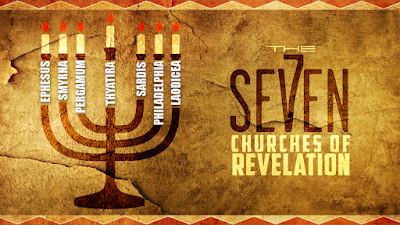THE CHURCHES OF REVELATION: PURPOSE OF THE MESSAGES

T HE C HURCHES OF R EVELATION Bible Study Copyright © 2019 by Kim HowardAll rights reserved. This information can be printed for non-profit use only. Any and all material can be used to further God's Kingdom. This material may not be used in any form of profit. PURPOSE OF THE MESSAGES While the messages to the seven churches given in Revelation chapters 2 and 3 should be understood individually, it is also important to understand them collectively. I believe there are three main reasons for these messages: They prepare Christians for the end times -- these messages do contain several references to the end times, including some promises and some warnings. In this sense, they complement the commands of Jesus in the Olivet discourse (Matt. 24, Mark 13, Luke 21) to be alert, ready, and prepared for his coming. They help us understand why the end times will be so severe for the churches -- The churches are supposed to be holy (Eph.5:27, 1 Peter 1:14-16) and they ar...
